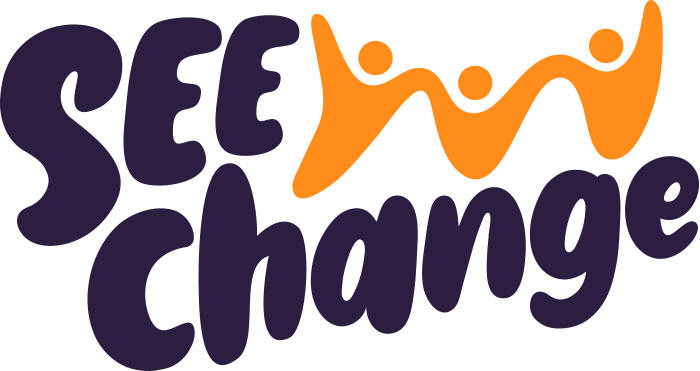Renaturalising Kambri creek - an exploration from many angles
This year SEE Change was fortunate to once again have a student group from the ANU Complex Environmental Problems course to tackle a local environmental problem. This year we posed the topic of ‘Renaturalising Kambri/Sullivan’s creek’.
Kambri creek is dear to many SEE Change members and Canberrans in general. Many of us live, work in or enjoy the inner-city area that it passes through on its way to Lake Burley Griffin. Many of us do so without even recognising it as a natural feature in our urban landscape. I am guilty of this myself, knowing it for the first few years of my time in Canberra simply as a network of drains that seemed necessary to move water from somewhere(?) to prevent flooding of streets and homes. I didn’t pay attention to where that water came from, let alone the fact that those patterns of flow have been heavily altered with significant impact on local biodiversity.
And more than that, I had absolutely zero recognition of the importance of these waterways to the local Indigenous people.
Bridget, Nick, Fatema, Sarina and Eric were miles ahead of me in many respects. With their studious brains primed to tackle this topic they were quick to recognise biodiversity, mental health and wellbeing and economic benefits and opportunities that could arise from renaturalisation work in the future. One of the most important aspects that came up was not only recognising the importance of the creek to local Indigenous people but also that any proposed changes or management strategies or different activities along the creek should be LED by Indigenous people.
The students learnt that the way they were looking at the creek, breaking it up into biological, ecological, economic and human aspects was a very Western way of looking at this complex problem. Together we learnt that to truly involve local Indigenous people (over and above a vague sense of Indigenous people or practices in general) must involve patience and an openness to different ways of seeing, working together, and modifying expectations along the way. At SEE Change our recent cultural learning program, facilitated by Isobel Bender (ANU Student) and Hannah Ford (Project Officer, SEE Change) and with very generous input from local Ngunawal elder Wally Bell has mostly taught us that we are ‘not there yet’.
Part of the complexity of investigating these environmental problems that also always involve human elements, social elements and cultural elements is that we need to maintain a dualism (or pluralism?) of mind where we may be reductive on the one hand and holistic on the other, prescriptive as well as adaptive, inclusive yet cautious and respectful around ownership/stewardship and authority where appropriate.
Take a look at the final report from Bridget, Nick, Fatema, Sarina and Eric. We’re very grateful for their efforts in exploring this complex problem. We hope that it opens your eyes to the ways that we can all value natural water ways in our urban environment a little, or a lot more. We expect this report to start new conversations and we’re keen to gain a greater understanding of what Kambri creek once was, how it continues to be valuable to Canberra and how it can be carefully and respectfully looked after well into the future.
If you are particularly fond of Kambri creek and would like to work with SEE Change, and with guidance or oversight from local Ngunwal mob to further this work then please get in touch at BrookClinton@seechange.org.au.
The image associated with this post is from Wikimedia Commons (from user Nick-D) and shows the creek in 2012.
